Summer Lawn Diseases to Watch for in Texas
By Innovation Grounds
Texas summers can be brutal—not just for people but for lawns too. With high heat, humidity, and unpredictable rainfall, your lawn becomes a perfect breeding ground for various fungal diseases. If you’re aiming for lush, green grass during summer, knowing the top summer lawn diseases in Texas is crucial. In this blog, we’ll break down the most common lawn diseases, their symptoms, and how to prevent and treat them effectively.
Why Summer Lawn Diseases Are Common in Texas
The Texas climate creates ideal conditions for lawn diseases to flourish. Most fungal infections thrive in warm, moist environments. Frequent watering, sudden storms, and high nighttime humidity mean your grass often stays damp—prime real estate for fungal spores. Additionally, common Texas grasses like St. Augustine, Bermuda, and Zoysia are each susceptible to specific types of lawn diseases.
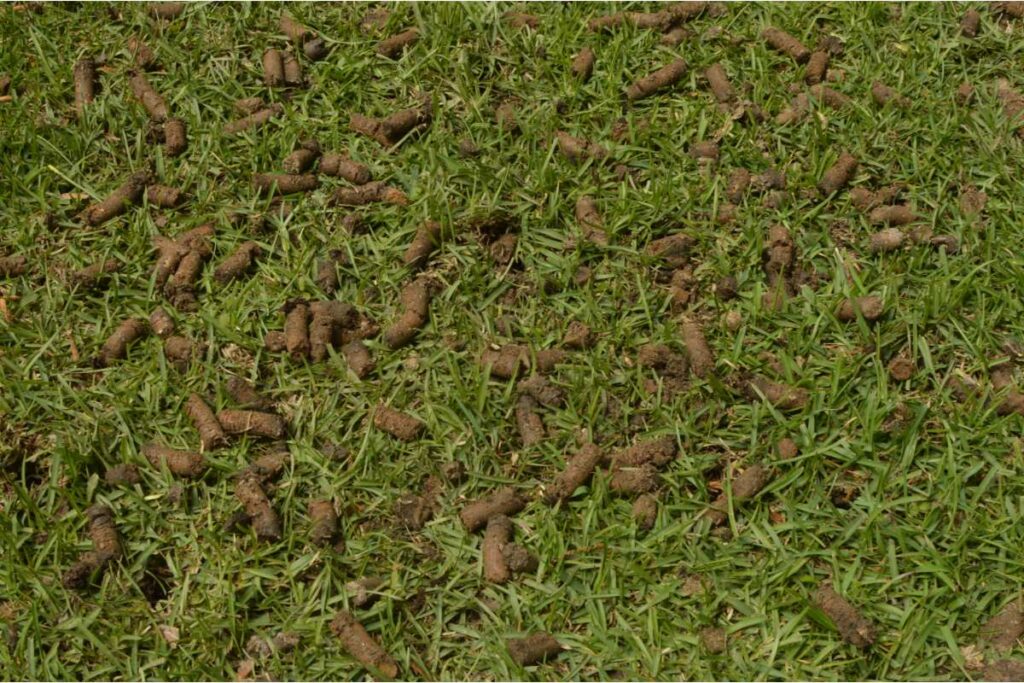
Brown Patch Disease
What it looks like:
Brown patch appears as circular, brown, thinning patches of grass that can grow several feet wide. You’ll usually notice it in late spring to early summer, especially when nighttime temps stay above 70°F.
How to treat it:
Avoid overwatering and reduce irrigation at night.
Use a fungicide labeled for brown patch treatment.
Improve air circulation by mowing to the recommended height and dethatching if needed.
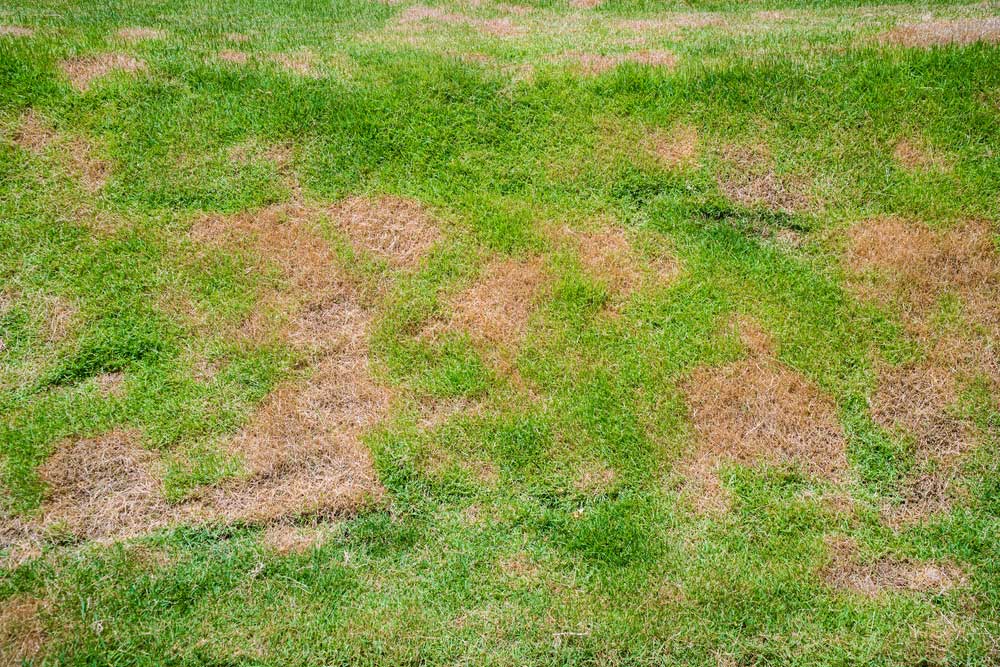
Gray Leaf Spot
What it looks like:
This disease primarily affects St. Augustine grass. You’ll see grayish or tan spots on the blades that resemble water spots or burn marks. The grass may appear wilted or scorched.
How to treat it:
Use a low-nitrogen fertilizer to reduce susceptibility.
Water early in the day to allow drying.
Apply fungicides specifically for gray leaf spot.
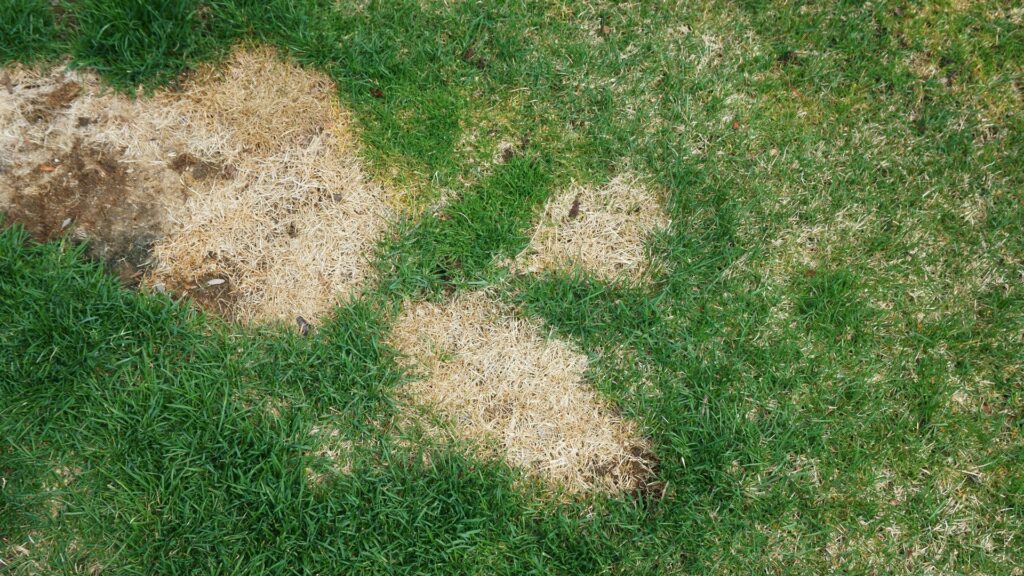
Take-All Root Rot (TARR)
What it looks like:
Yellowing grass that eventually dies off in large patches. The roots are typically black and rotted. It often starts in the spring but becomes severe by mid to late summer.
How to treat it:
Apply peat moss or sphagnum moss to lower soil pH.
Use a fungicide labeled for take-all root rot.
Improve drainage and avoid overwatering.
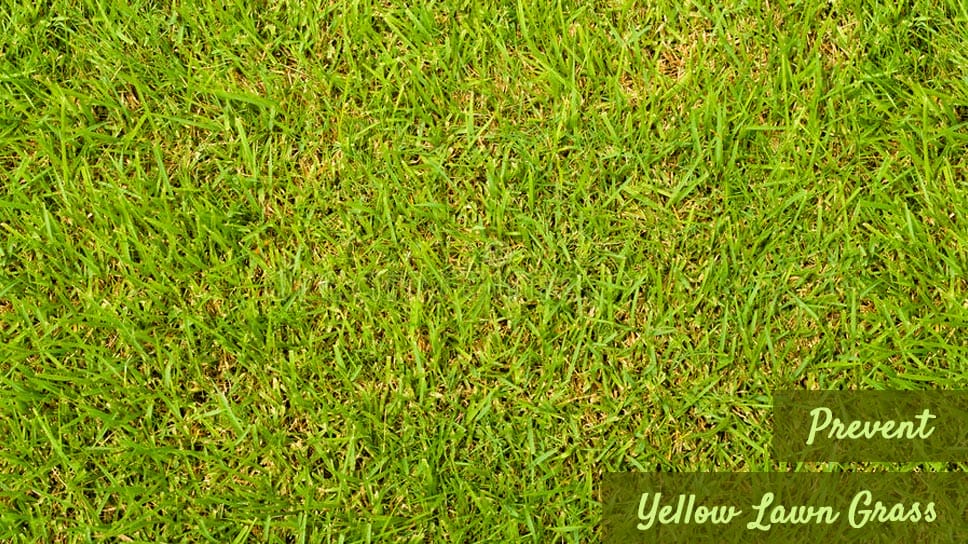
Dollar Spot
What it looks like:
Small, silver-dollar-sized tan or straw-colored patches that spread and merge into larger areas. More common in Bermuda and Zoysia grasses.
How to treat it:
Apply a nitrogen-rich fertilizer.
Maintain consistent soil moisture but avoid excess.
Use preventative fungicides during early summer.
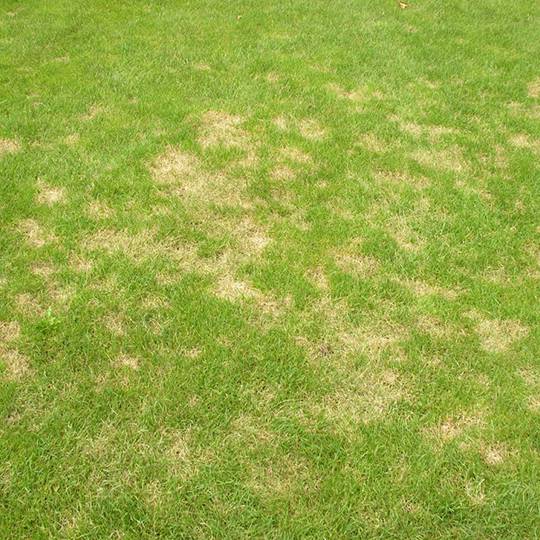
Rust Fungus
What it looks like:
Your grass may look dusty or orange, and the blades will turn yellow and become weak. Rub your fingers on the blade, and you’ll see orange rust-like powder.
How to treat it:
Mow and bag clippings to prevent spread.
Apply a balanced fertilizer.
Treat with fungicides as needed.

Tips for Preventing Lawn Diseases in Texas
Preventing lawn diseases is much easier (and cheaper) than curing them. Here are some key lawn care tips for summer in Texas:
Water early in the morning. This allows moisture to evaporate during the day and prevents fungal growth.
Mow at the correct height. Each type of grass has an optimal mowing height. Don’t cut too short.
Aerate your lawn. Aeration improves drainage and root health, which discourages disease.
Use the right fertilizer. Avoid over-fertilizing, especially with nitrogen. Always follow the label directions.
Rotate fungicides. If you use fungicides, rotate active ingredients to prevent resistance.
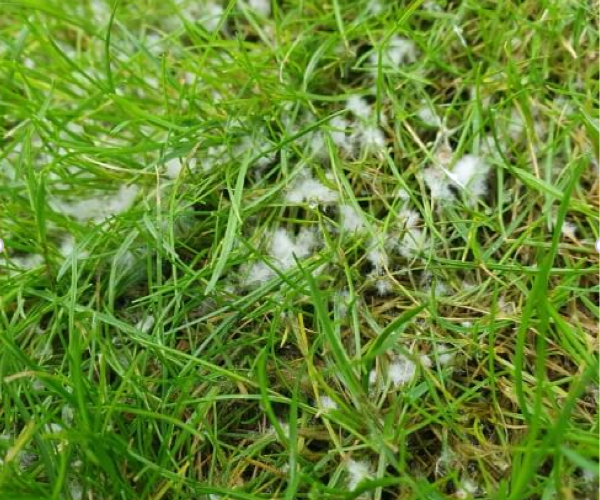
When to Call a Lawn Care Professional
If you’ve tried treating your lawn but the disease continues to spread, it may be time to call a lawn care specialist. Professionals can diagnose the issue with soil testing and implement targeted treatments that are safe and effective for Texas lawns.

Conclusion
Texas summers can take a toll on your lawn, but with the right care and timely treatments, you can keep your grass looking green and vibrant. Whether you’re battling brown patch, gray leaf spot, or take-all root rot, recognizing the signs early is the key to successful treatment. Follow the prevention tips, use the proper products, and you’ll enjoy a disease-free lawn all summer long.


